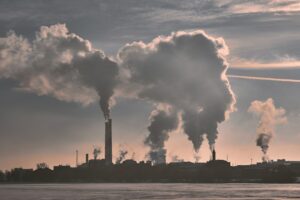Researchers have found evidence of microplastic pollution as high up as 8,440 meters above sea level, according to research published in the journal One Earth.
Microplastics are tiny particles of plastic that come from the slow breakdown of larger rubbish, they pose a huge ecological threat because they are easily consumed by animals and are so small that they are difficult to clean up.
Microplastics are common in the ocean but are not as carefully studied on land, especially in remote areas like Mount Everest.
Samples taken from the mountain revealed significant quantities of polyester, acrylic, nylon and polypropylene fibres.
According to the researchers, these materials are increasingly being used to make high-performance outdoor clothing, tents and climbing ropes that climbers use, so they suspect that these types of items were a major source of the pollution.
The highest concentrations of microplastics were around Base Camp where hikers and trekkers spend the most time.
Imogen Napper, a National Geographic Explorer and scientist at the University of Plymouth said: ‘Mount Everest has been described as ‘the world’s highest junkyard.
‘Microplastics haven’t been studied on the mountain before, but they’re generally just as persistent and typically more difficult to remove than larger items of debris.
‘Currently, environmental efforts tend to focus on reducing, reusing, and recycling larger items of waste. This is important, but we also need to start focusing on deeper technological solutions that focus on microplastics, like changing fabric design and incorporating natural fibres instead of plastic when possible.
‘These are the highest microplastics discovered so far. While it sounds exciting, it means that microplastics have been discovered from the depths of the ocean all the way to the highest mountain on Earth. With microplastics so ubiquitous in our environment, it’s time to focus on informing appropriate environmental solutions. We need to protect and care for our planet.’
Photo Credit – Pixabay













